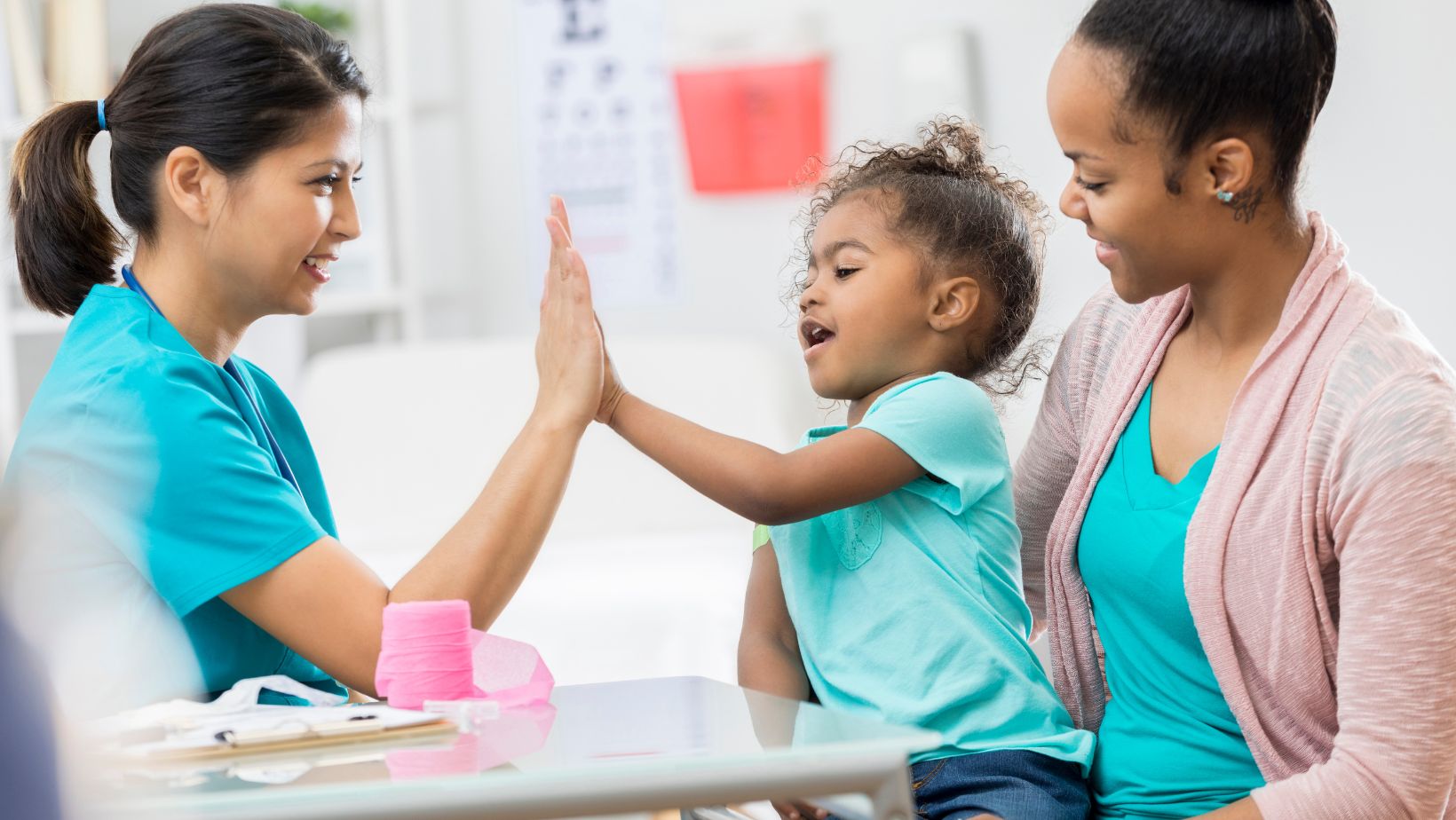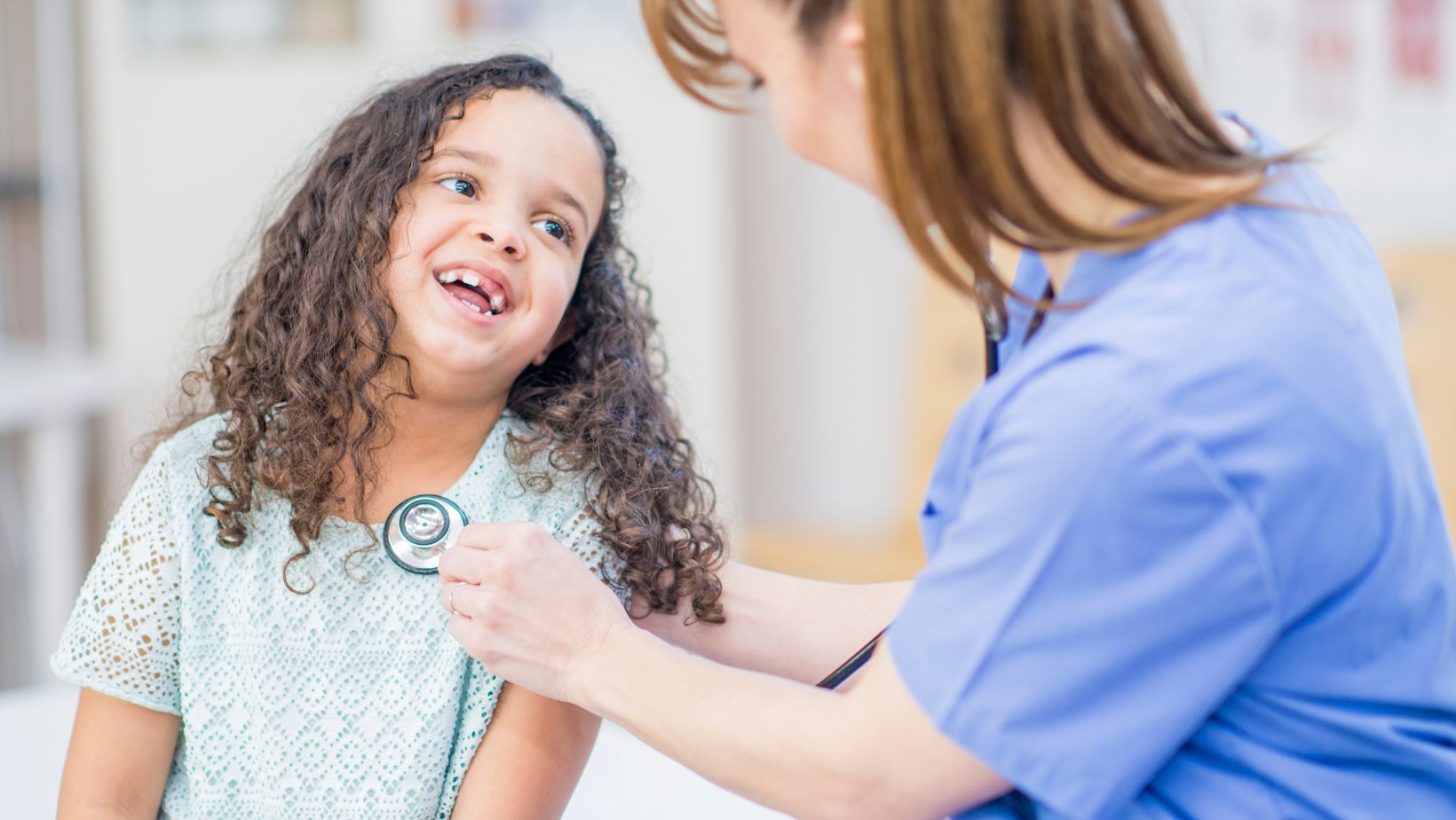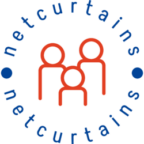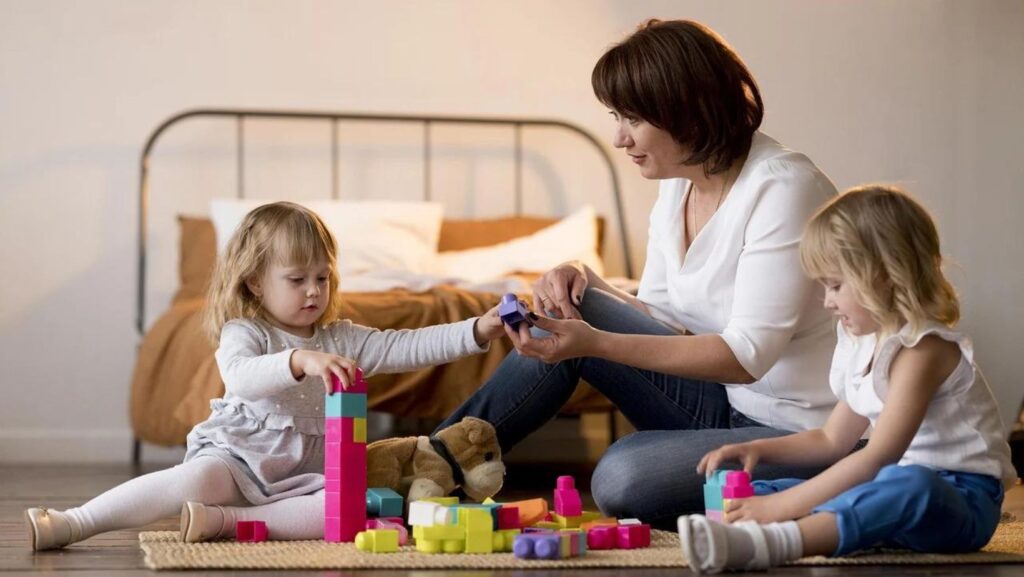xIn the healthcare industry, remote patient monitoring (RPM) has become a potent instrument for tracking patients’ health in real-time. Although adult care has received the majority of the discourse around RPM, its application in children’s care is gradually garnering interest.
RPM is a viable means of delivering more individualized and consistent treatment for kids with complicated medical problems or chronic illnesses. It can help minimize hospital stays and inform parents and caregivers throughout the process. The delivery of pediatric care is beginning to change as a result of this technology, becoming more proactive and networked. Let’s understand how.
A Shift in Pediatric Healthcare
Pediatric treatment has often involved recurrent visits to physicians or other experts. These visits frequently offer an overview of the child’s health at a particular moment in time. However, continued monitoring is necessary to fully grasp many health concerns, particularly chronic diseases. This void is filled by remote patient monitoring, which gives medical personnel access to up-to-date information on a child’s vital signs and activity level.
Physicians may now intervene sooner because of the move from reactive care, which treats patients after symptoms develop, to a more preventative strategy. This proactive healthcare application can be extremely useful in improving a child’s health, both physically and mentally.
A study from the Journal of Pediatrics shows that proactive care for pediatric mental health crises can make healthcare more accessible to patients. It notes that 44% more patients were seen with something as simple as increasing outpatient services centered on offering evidence-based treatment and school-based programs.
Similar results were seen in an NCBI study where making community healthcare providers proactive increased healthcare access. At 12 months, the study found that a proactive nature helped increase the odds of prompt healthcare access by 22%.
Improving Quality of Life
Regular health checkups can significantly disturb children with chronic diseases from their everyday routines. For examinations and testing, many kids need to visit the hospital or doctor’s office frequently.
A large portion of this monitoring may be completed from the comforts of their home using remote patient monitoring tools. These tools can enable physicians to track and monitor children’s activities and vitals without impacting their daily schedules.
For example, physicians can link continuous glucose monitors (CGMs) of children with Type 1 diabetes to RPM systems. This removes the requirement for numerous clinic visits or repetitive finger pricking. This data is remotely accessible to caregivers and medical experts, ensuring that any spikes or reductions in blood sugar are promptly identified and treated.
Similarly, a remote patient monitoring tool can be used to monitor various vital signs of a child or even an adult. As stated by CoachCare, data such as blood pressure and blood glucose can be tracked with such a tool. Besides allowing physicians to track their patients’ health, these systems also enable individuals to take charge of their health.
Enhancing Parental Involvement and Support
The greater participation of parents and other caregivers in their child’s health management is one of the major advantages of RPM in pediatric care. Remote patient monitoring software usually features dashboards that let parents interact with medical professionals, check their child’s health information, and get alarms.
As a result, parents are encouraged to take a more collaborative approach to care, moving from passive recipients to active participants. Through this, parents can also keep track of actions that led to worsened symptoms in their child. Considering the same Type 1 diabetes example, parents can track what food led to a sudden spike or decrease in blood sugar levels.
RPM notifications can notify parents to take action before the issue becomes worse when a child’s health calls for emergency care. For example, suppose a kid suffering from asthma has an abrupt decrease in oxygen levels. In that case, the RPM software can alert parents and medical professionals simultaneously for timely intervention.
This family involvement is significant for patients and their parents. Being only observers can make parents feel helpless in crisis situations where their children need constant care. Educating them and giving them some control with real-time data can help them cope with this feeling of helplessness. This requires a key partnership between healthcare providers, especially nurses, and parents, which can be facilitated by RPM.
Remote Monitoring in Post-Operative Pediatric Care
Another area in which RPM is significantly improving pediatric healthcare is post-operative care. Children frequently require thorough observation following surgery to make sure they are healing appropriately and don’t experience problems. Frequent follow-up appointments were usually necessary in the past, which might be stressful for the family and the kid.

Doctors may remotely monitor vital indicators, including heart rate, oxygen saturation, and temperature, using RPM post-surgery monitoring. Any unusual readings can lead to timely medical assistance and lower the risk of problems while providing a more comfortable recuperation experience. This lowers the risk of infection in hospital settings, which is especially advantageous for kids who have had complicated surgery.
Frequently Asked Questions
What are the chronic conditions for which RPM can be used?
For cardiac conditions, including heart failure, hypertension, and chronic obstructive pulmonary disease, RPM is incredibly cost-effective. Heart disease and stroke are two chronic conditions for which remote patient monitoring enhances care. However, it can be used for any chronic condition that requires continuous monitoring of vitals and other signs.
How do parents benefit from RPM?
RPM systems frequently come with applications or web portals that let parents keep an eye on their child’s health information. This gives them peace of mind and enhances communication between them and healthcare professionals. With this, parents can take a more proactive approach to controlling their child’s illness.
How does RPM help children in rural or underserved areas?
For families that live distant from pediatric experts or hospitals, RPM helps fill the gap. Children living in underserved or rural regions may now access high-quality treatment without having to travel great distances, thanks to remote monitoring. This enables medical professionals to keep an eye on their status and take appropriate action when needed.

RPM’s significance in pediatric treatment is probably only going to increase as the technology underlying it develops more. Pediatric patients are already benefiting from an increasing number of customized RPM devices that are made to be more compact, cozy, and kid-friendly.
Based on trends in the gathered data, artificial intelligence (AI) may eventually be included in RPM systems to forecast health problems before they arise. Better results and even earlier interventions for kids with complicated diseases could result from this.

